Local residents, fisherman, park rangers and visitors notify them of sick marine animals along the west coast of FL. CMA provides transportation services and proper treatment for those they can save. Marine animals from other parts of the country are sometimes flown here for care as well. When injuries are so severe that they limit the ability of the animal to survive in the wild, they become long-term residents.
The aquarium's most famous resident, is Winter, an Atlantic bottlenose dolphin, who was found entangled in a crab trap line when she was just 2-3 months old (in 2005) near Cape Canaveral. The line cut off circulation to her tail and it eventually had to be amputated. She is missing her entire tail fluke (the powerhouse for swimming) and joint that was attached to the peduncle. Without the tail, Winter moves side to side to swim.
As famously portrayed in the Dolphin Tale and Dolphin Tale Two movies, a prosthetic tail was designed for her. This has enabled her to swim in the normal up and down motion of a bottlenose dolphin. She gets rehab treatments several times a day and also wears her prosthesis several hours each day.
Hope was found 5 years after Winter and is now shares her pool. Attempting to nurse from her deceased mother, Hope was only 2-3 months old and extremely dehydrated. Bottlenose dolphins normally nurse until they are about 18 months old, so she needed to be fed every 2 hours. Following a full recovery, Hope never learned to survive in the wild (taught to dolphins by their mothers) so is also a long-term resident. She is the second dolphin in the photo below. There is also an underwater viewing area of Winter Zone where Hope can also be seen.
An African great white pelican, Ricky, was one of the pelicans that played Rufus in the Dolphin Tale movie. He also appeared in the movie, Zohan, with Adam Sandler. He is the second largest species of pelican. His wingspan is 9' but his weight is only about 16 pounds (because his bones are hollow).
Several turtles are also long term residents. Bailey, a male green sea turtle that weighs 170 pounds was injured in 1989. He had pneumonia, a fractured front flipper, and a buoyancy disorder. He was caught in a commercial fishing net and dropped on his back on the boat. He is paralyzed from mid-carapace down due to permanent damage to his spinal cord. One of his favorite "toys" is the PVC pipe shown in the photo.
Below are Stubby and Titus, female green sea turtles. Stubby was injured in 2001 and currently weighs 60 pounds. Both of her front flippers are missing due to entanglement in monofilament fishing line. Because of this she is unable to submerge or swim properly. Titus was injured in 2002 and now weighs 130 pounds. She was hit by a boat that has resulted in a buoyancy issue. When sea turtles come up for air, they are usually well camouflaged in the water and cannot be easily seen. When hit, the air is forced out of their lungs and into their body cavity. While a broken shell can heal with medical care, this problem cannot be resolved.
Two river otters are permanent residents at the CMA. Cooper was dehydrated, emaciated, with numerous wounds when he was rescued from a garage in St. Petersburg in 2001. He has partial paralysis of his hind legs, most likely caused by a a motor vehicle strike. Cooper is still agile in the water but drags his legs behind him when on land. Because he cannot hunt or defend himself, he will continue to stay at CMA. He loves his green float! The second river otter is Walle. Raised by a caretaker on a boat from the time he was a pup, he became aggressive and territorial when he reached juvenile status. When the caretaker attempted to return Walle to the wild, he kept coming back to his home. Walle has adapted to his him home at CMA where he is now hand fed, touched, and can interact with his caregivers. Both of the otters respond to their names and can follow simple commands (kind of like a dog!)
The Education Station has various displays and interactive activities for kids to learn more about the marine animals that reside here. Below are skeletons of an Atlantic bottlenose dophin and river otter.
Designed and built for the Dophin Tale movie, this houseboat it sits on a dual barge vessel and was the home of the aquarium's veterinarian and his daughter. If you watch the movie, you will see it in several scenes.
Every half hour throughout the day, there are educational presentations (see the schedule the day you visit) at various locations in the aquarium. The outdoor stranding deck is the home of Nicholas, an Atlantic bottlenose dolphin. Nicholas (then a calf) and his mother, Noelle, were found on Christmas Eve in 2006 near Gibsonville, FL. Noelle died a few days later. With severe second and third degree sunburns over 30% of his body, Nicholas was at high risk for infection. With around-the-clock care at CMA, he was completely healed in nine months. Because he lost his mother at such a young age and was raised at CMA, he will remain a long-term resident.
On the first floor are underwater viewing areas for the tanks where the animals are seen on the second floor. Also, a Stingray Tank, where you can touch the wing of a ray as they swim by, is located on the same floor. The barbs from their tails have been removed. Visitors may also feed them at designated times.
The surgical suite is located on the right when you enter the CMA. Also shown is the Sea Turtle Intensive Care Unit. A new patient (juvenile green sea turtle) had been admitted a few days before our visit. You can see him covered with a blanket.
Food preparation is, of course, a very important aspect of caring for the animals here. Over 2,000 pounds of restaurant-grade fish are prepared each month.
Admission to the aquarium is $21.95/adults and $19.95/seniors. Additional attractions include a Behind the Scenes tour, two boat tours (that depart from the Aquarium), and animal interactions (to help care or the animals).
The on-site Shark Bite Cafe sells snacks and beverages. Themed apparel and gifts can be purchased at the Gift Shop. Of course, all proceeds for admission, tours, etc., go to support the operations of the Aquarium.
We very much enjoyed our visit here. It is very educational and all of the animals are so endearing. Avoiding dumping debris in our rivers, bays, and oceans is an important consideration in keeping marine life safe.
For additional information about the aquarium, go to the website at www.seewinter.com. There are also eight live webcams that enable you to see Winter and other animals at CMA at www.seewinter.com/animals/webcams/.
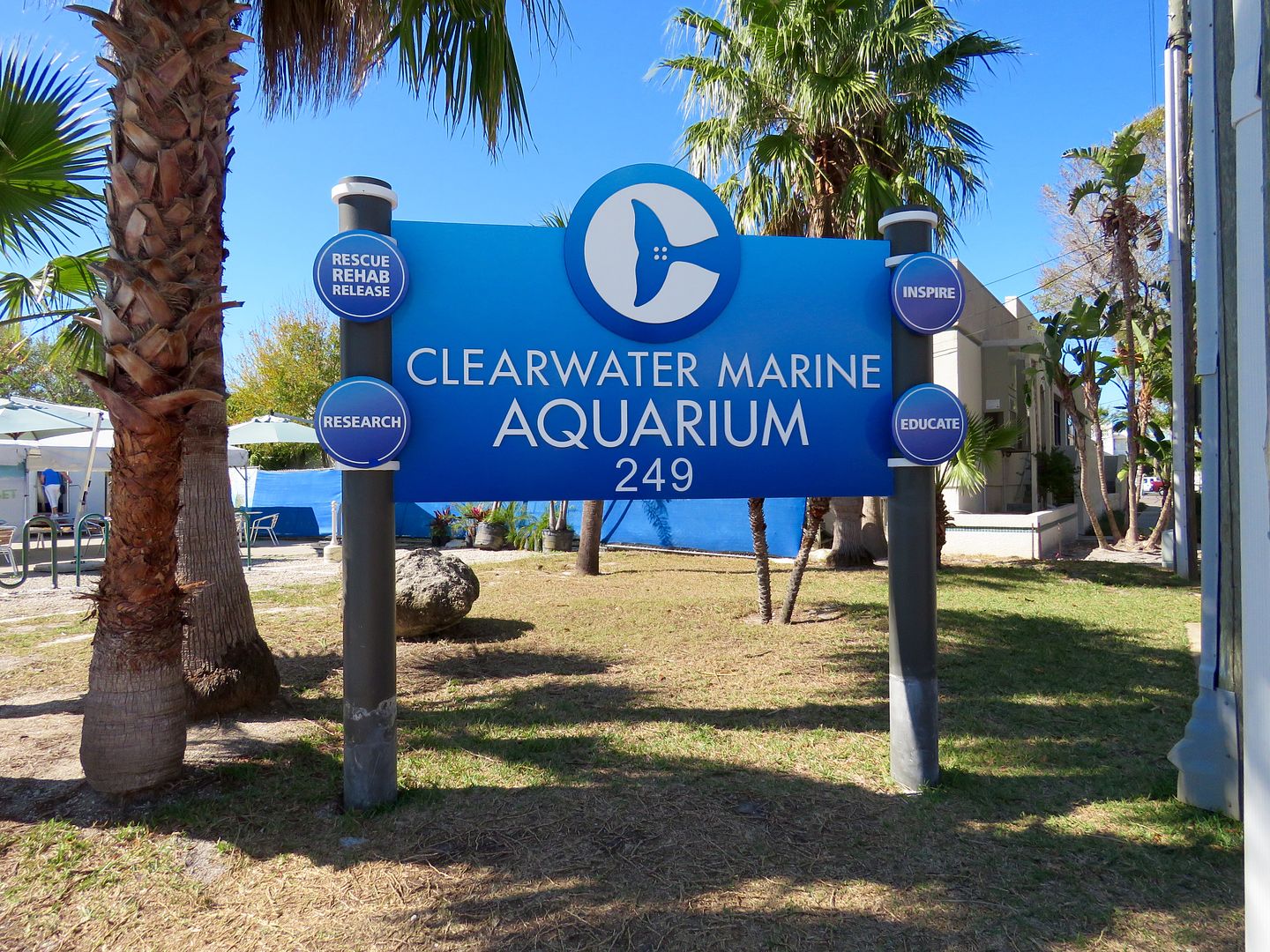
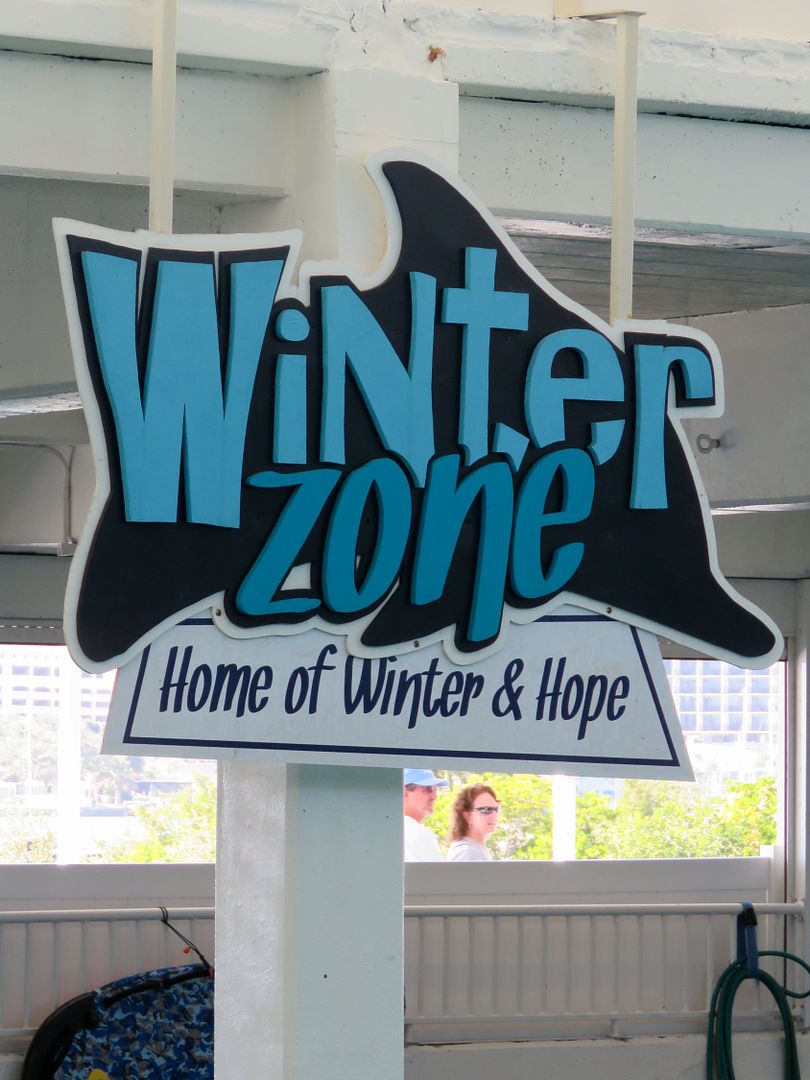
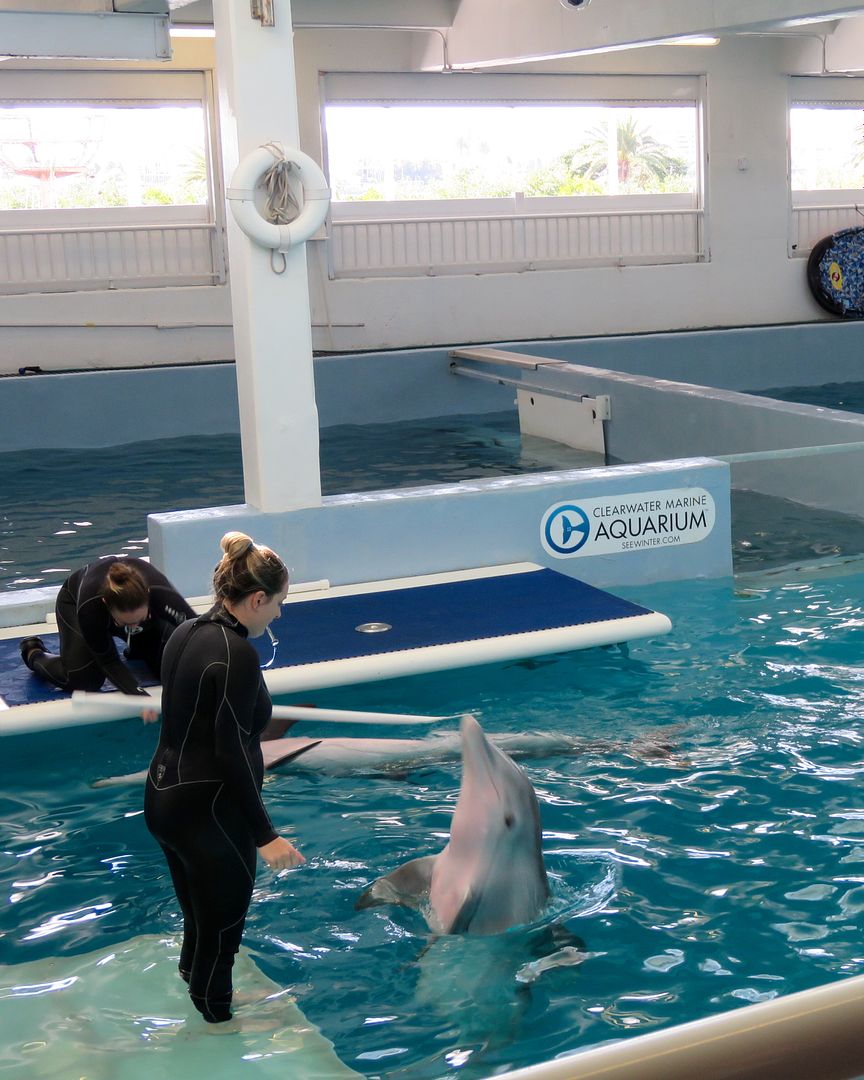
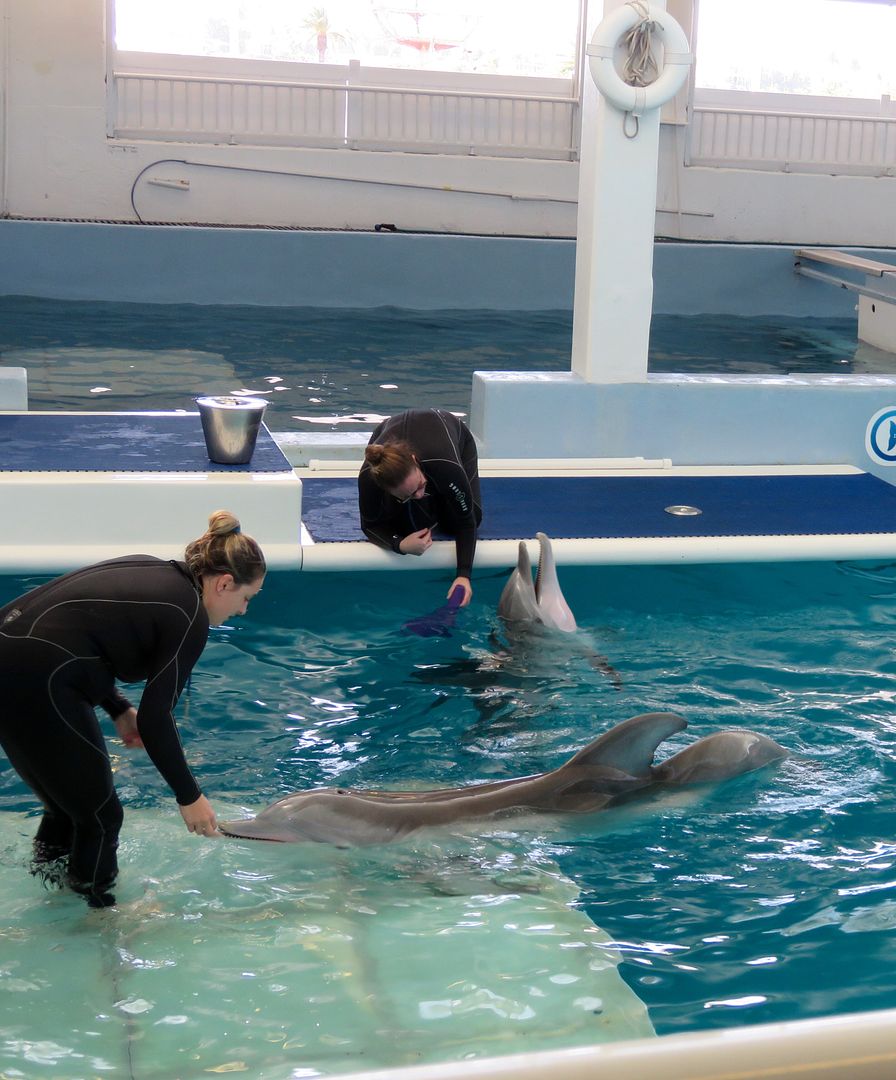
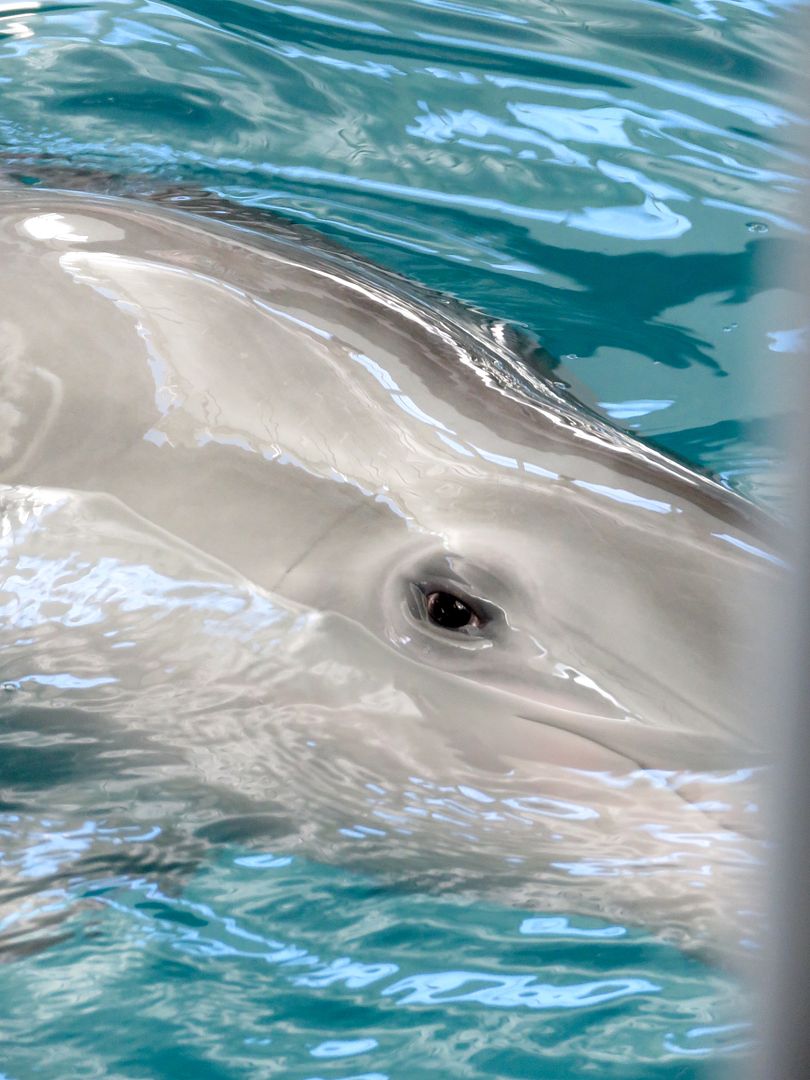

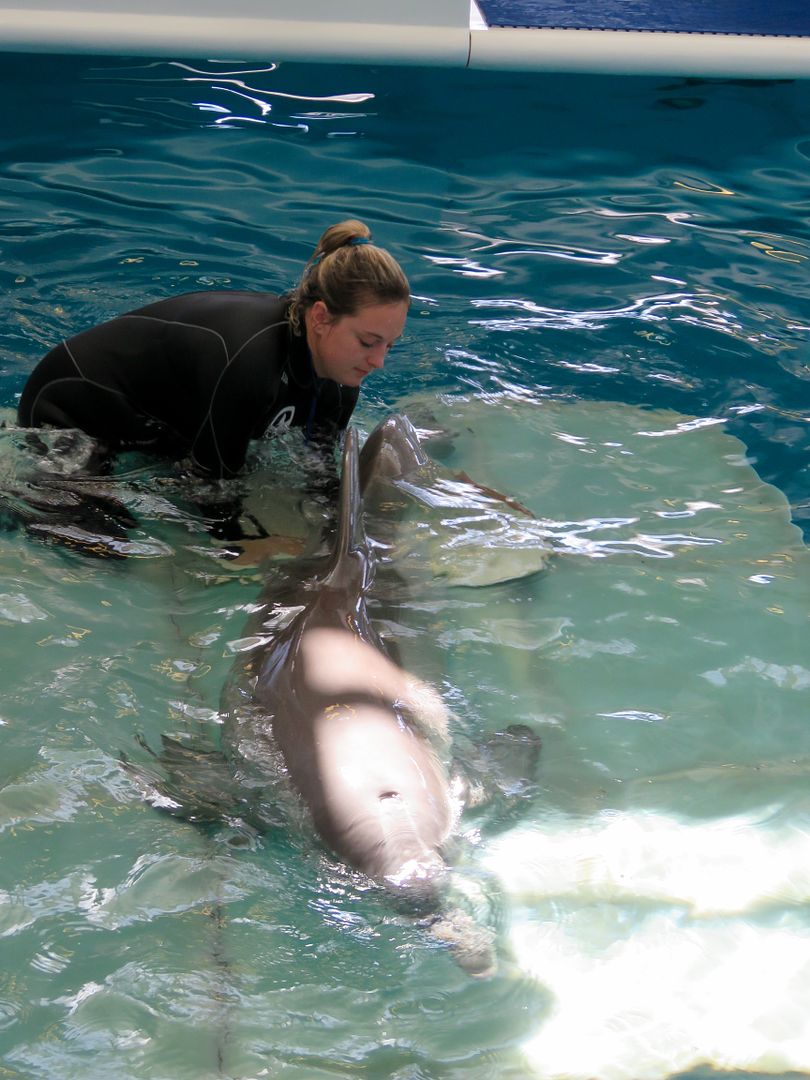
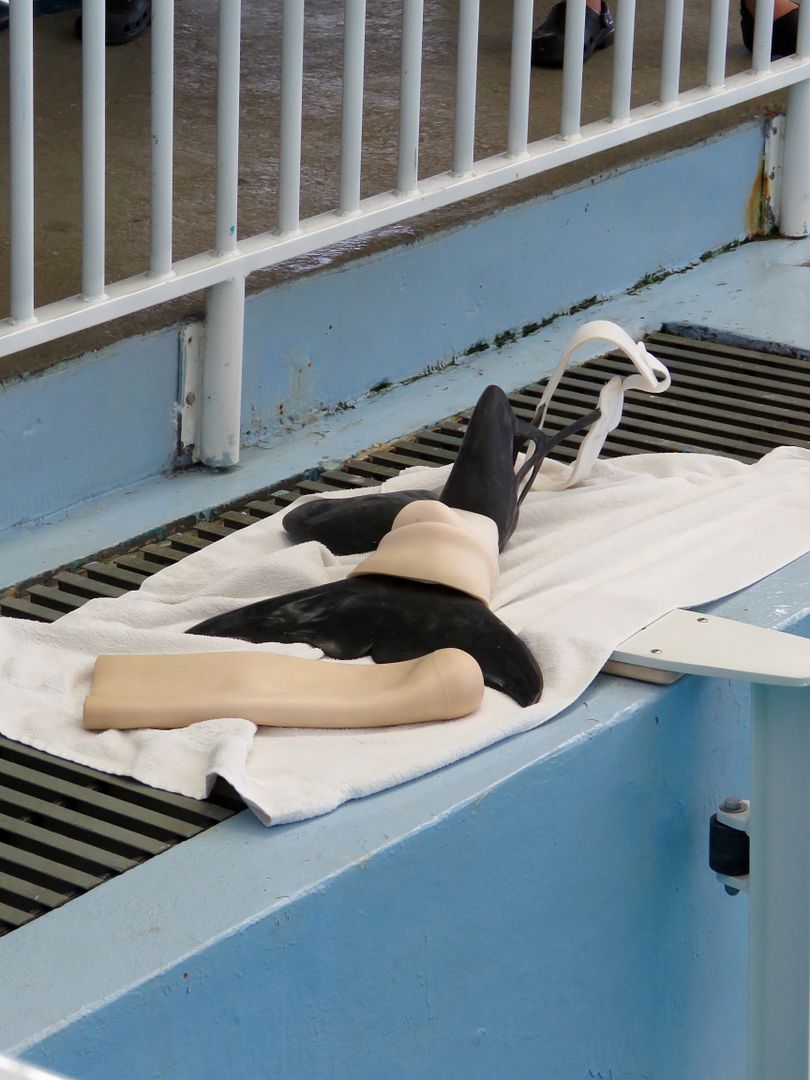
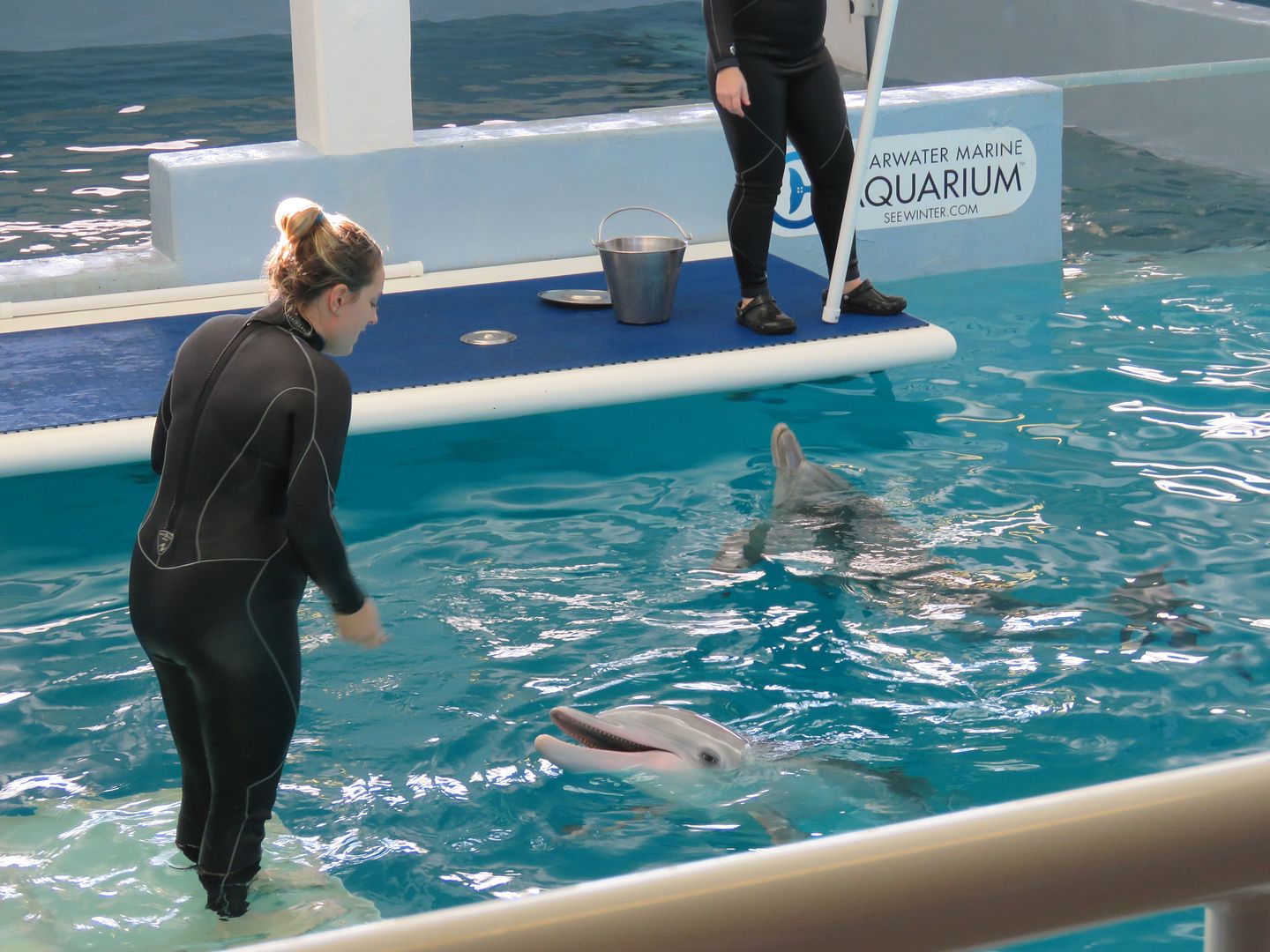
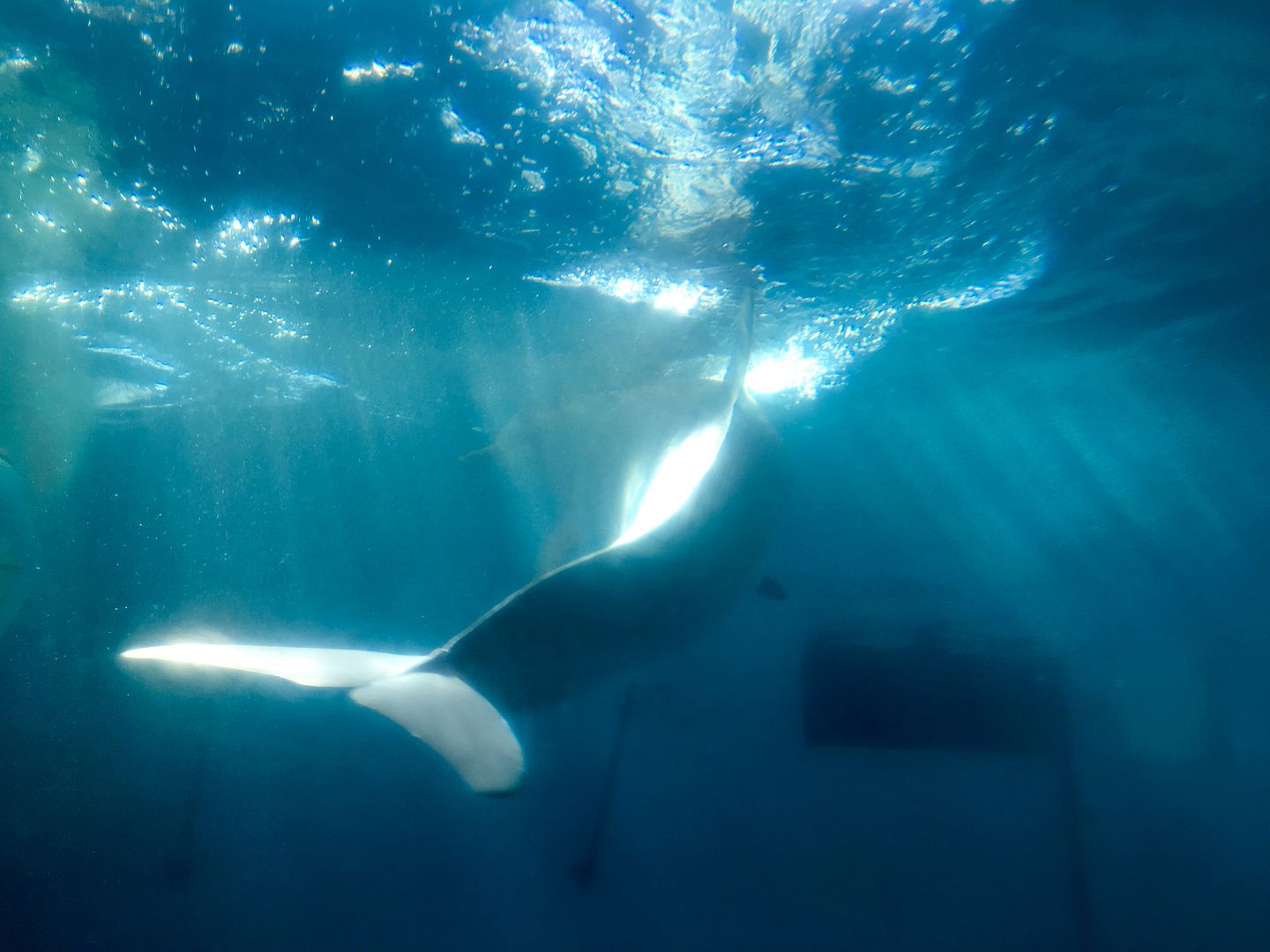




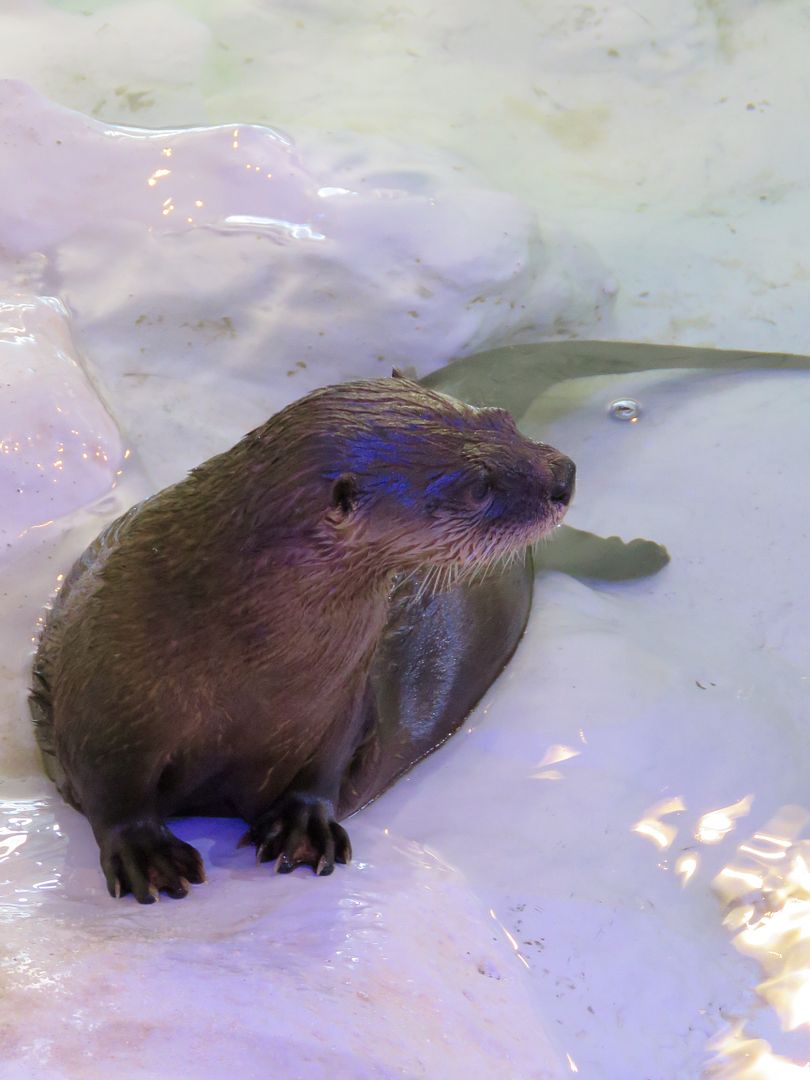

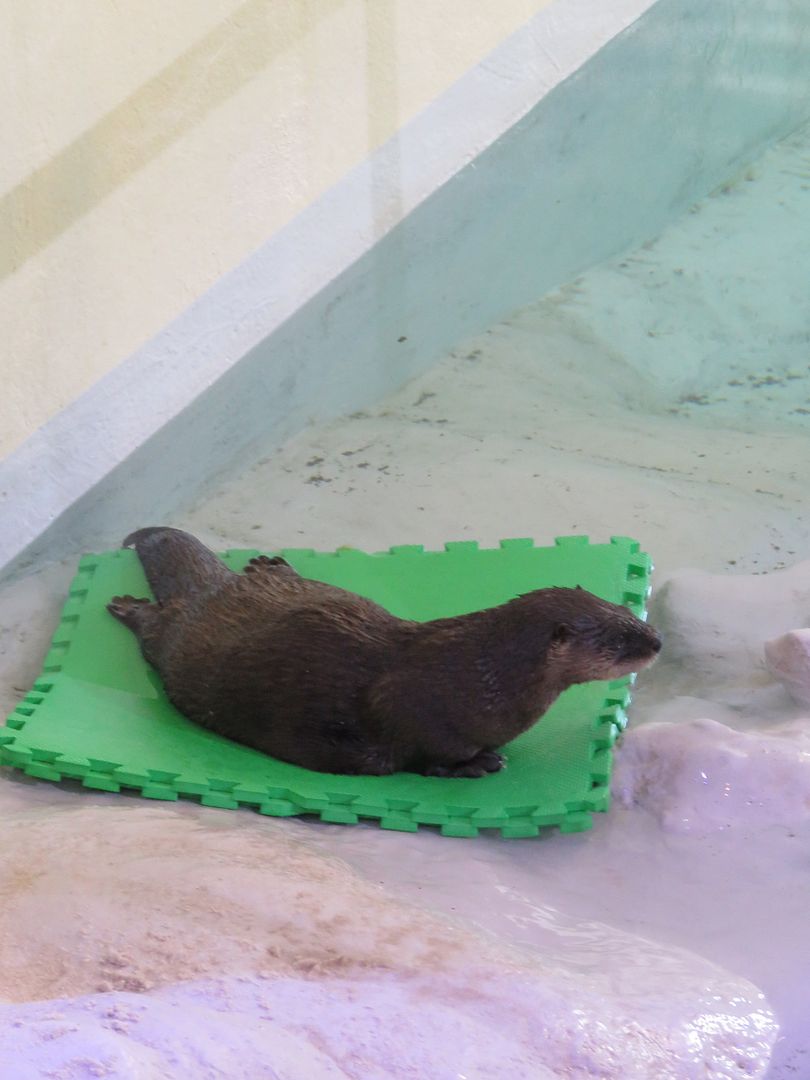
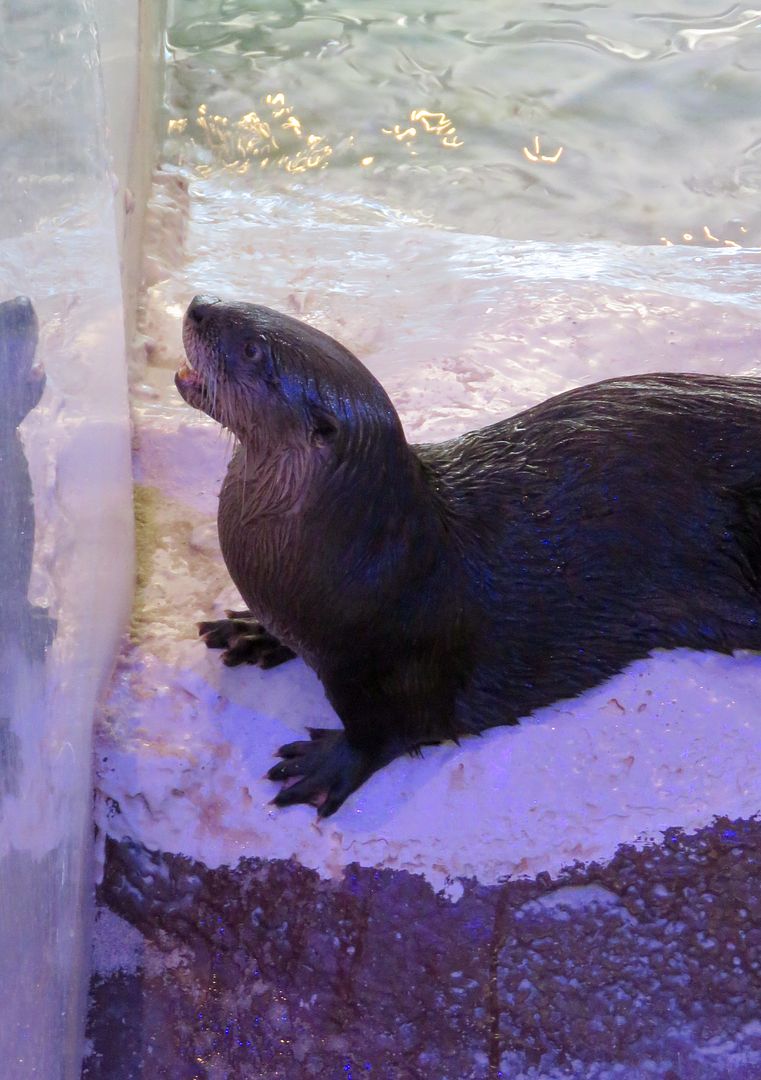

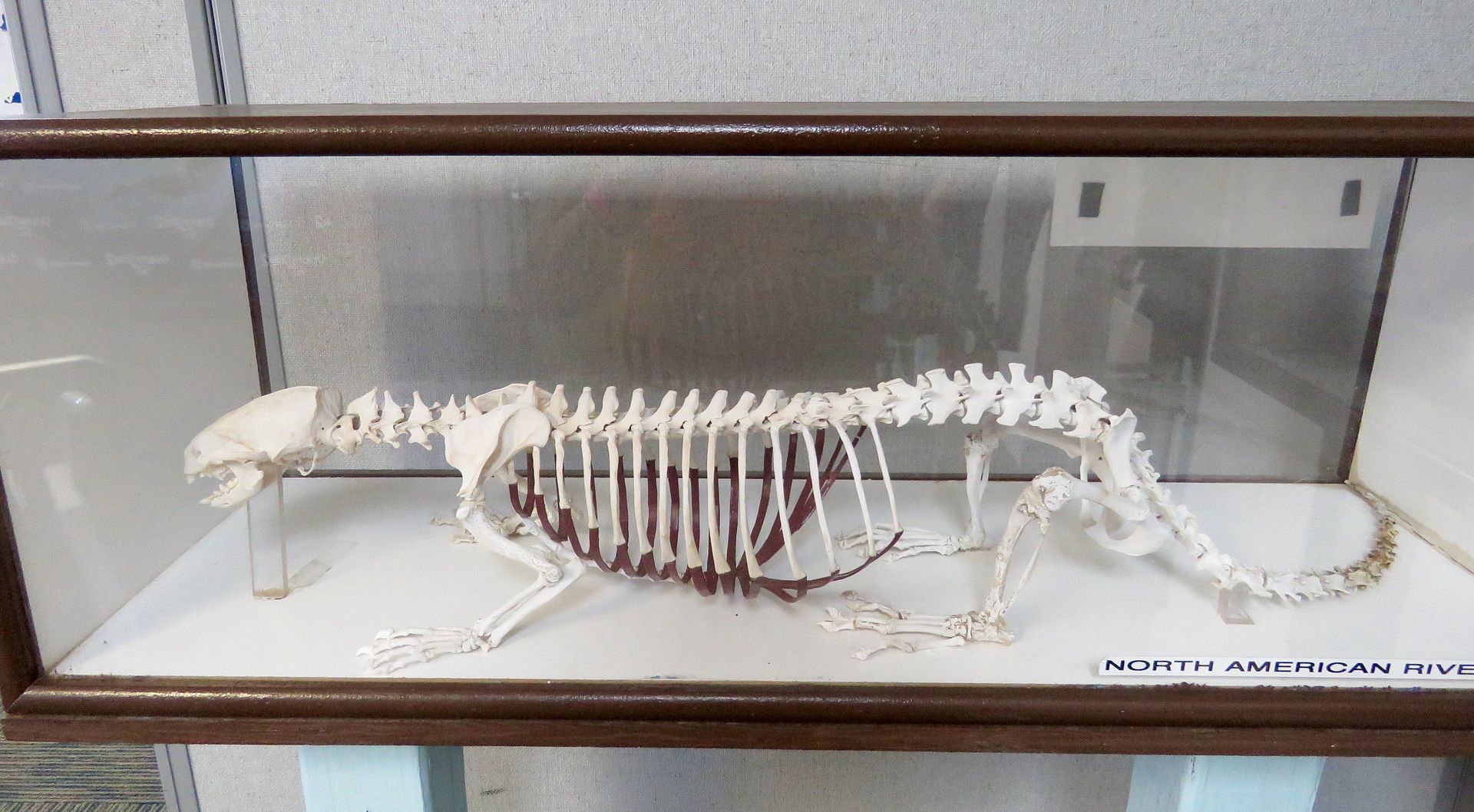
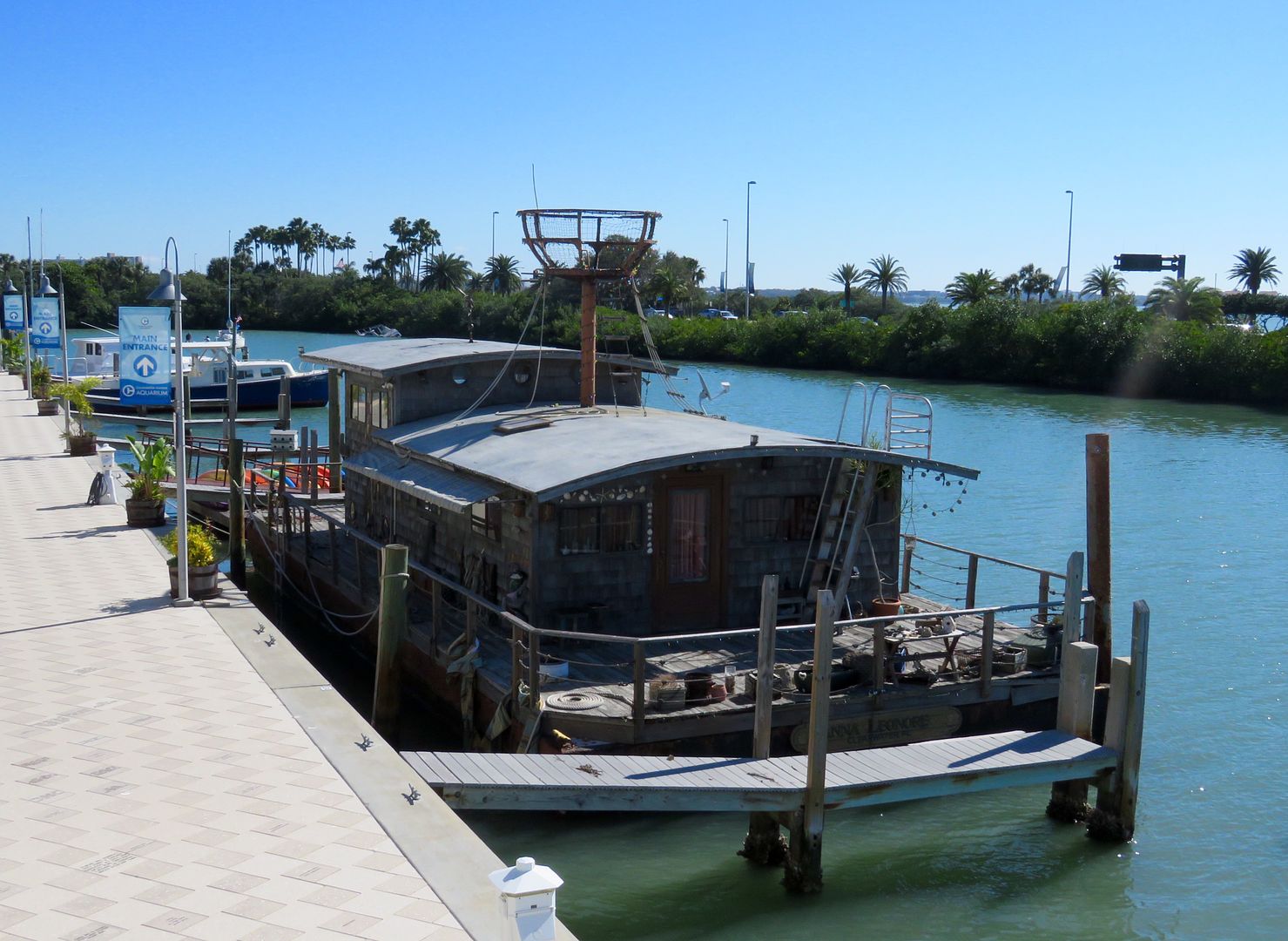
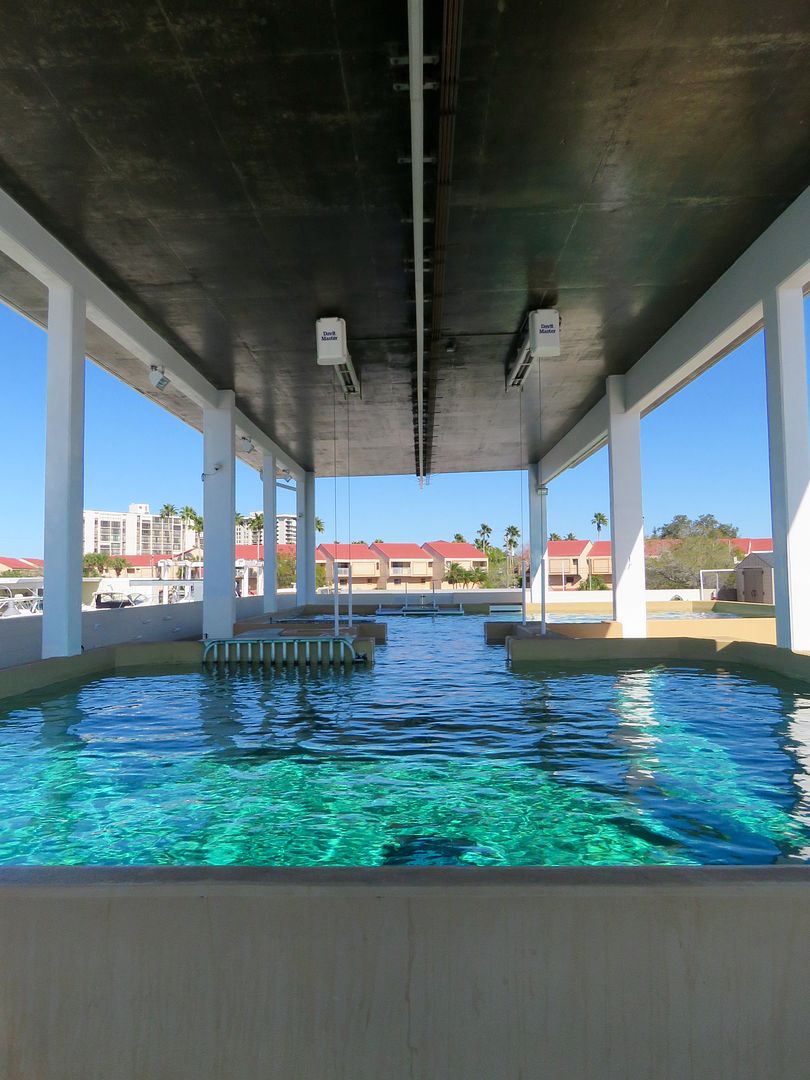
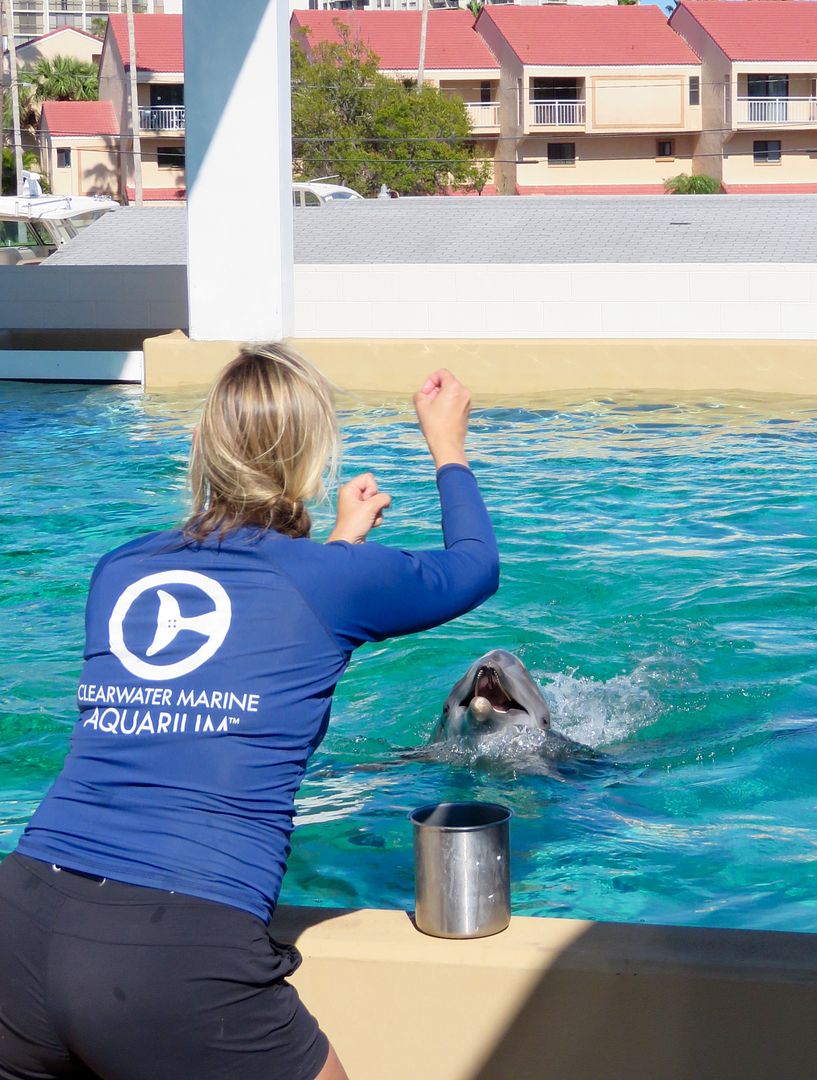
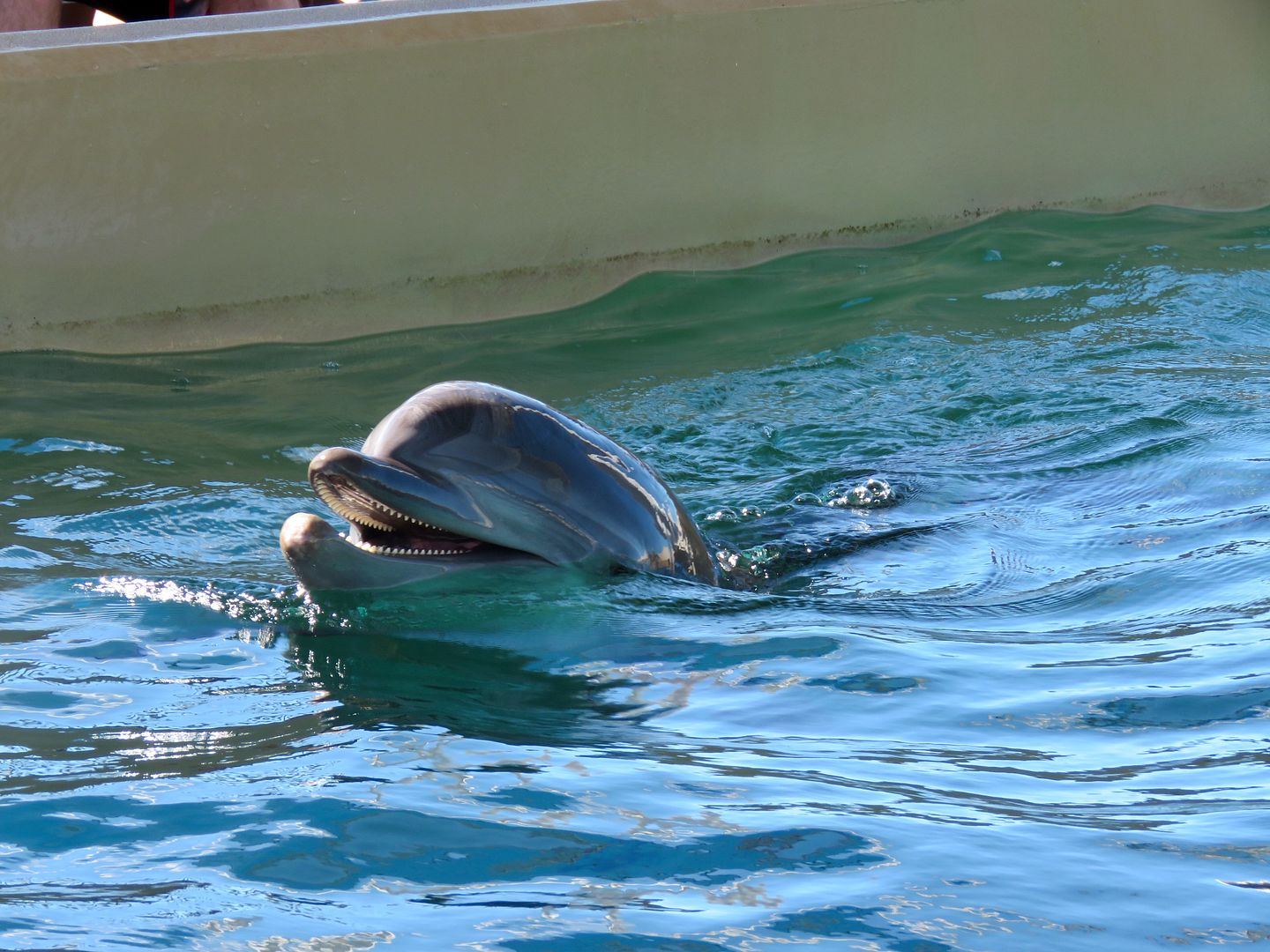
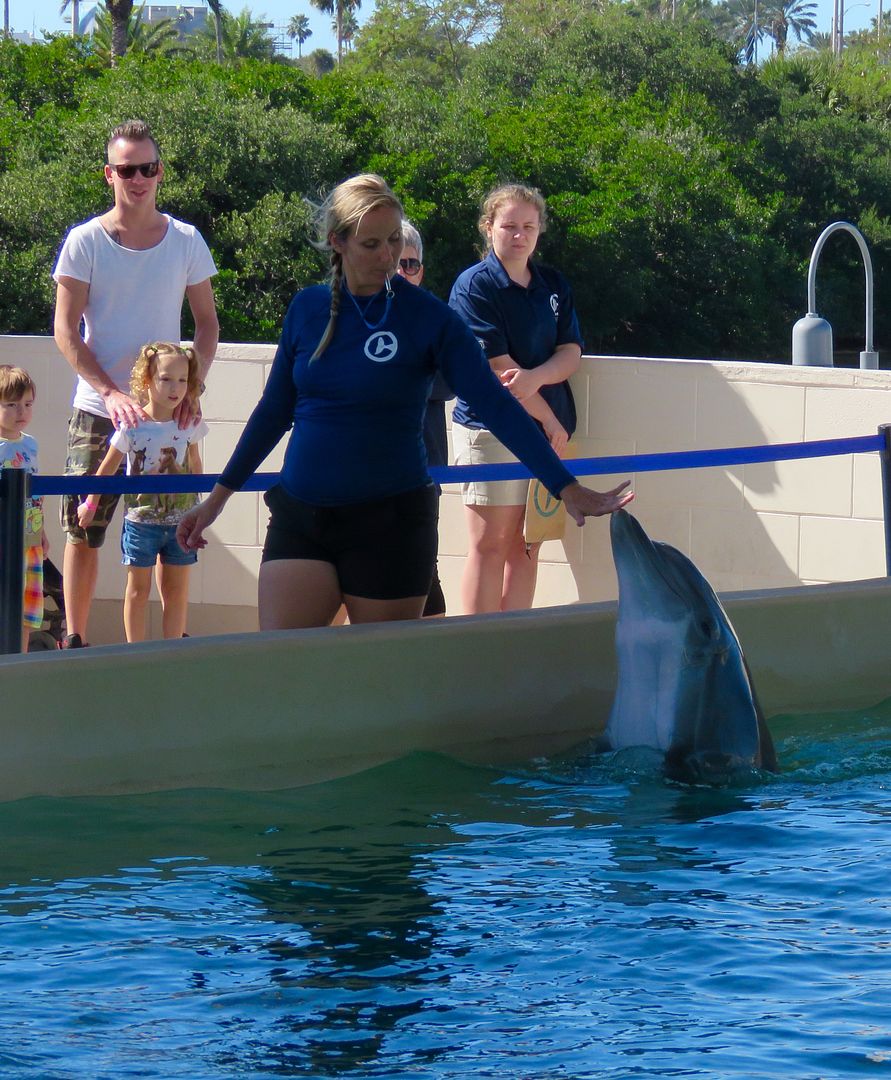
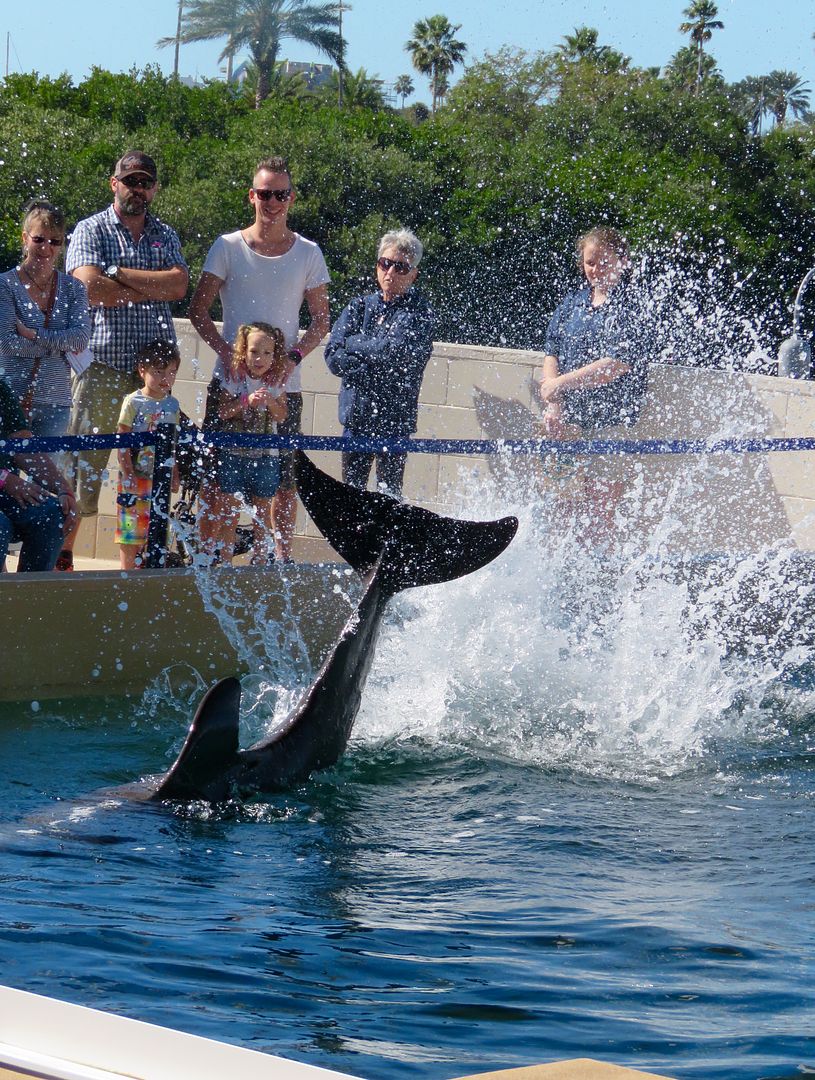
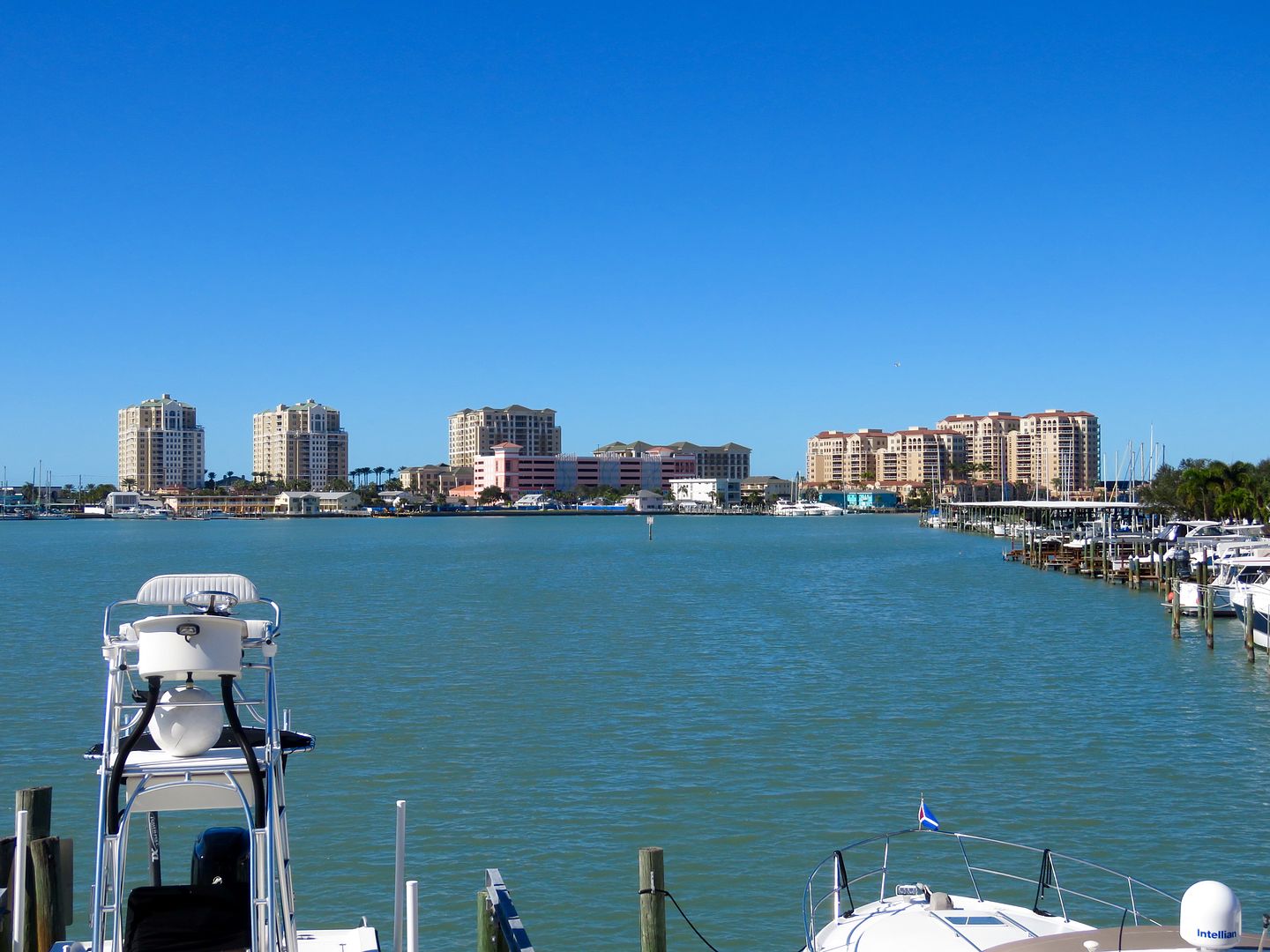
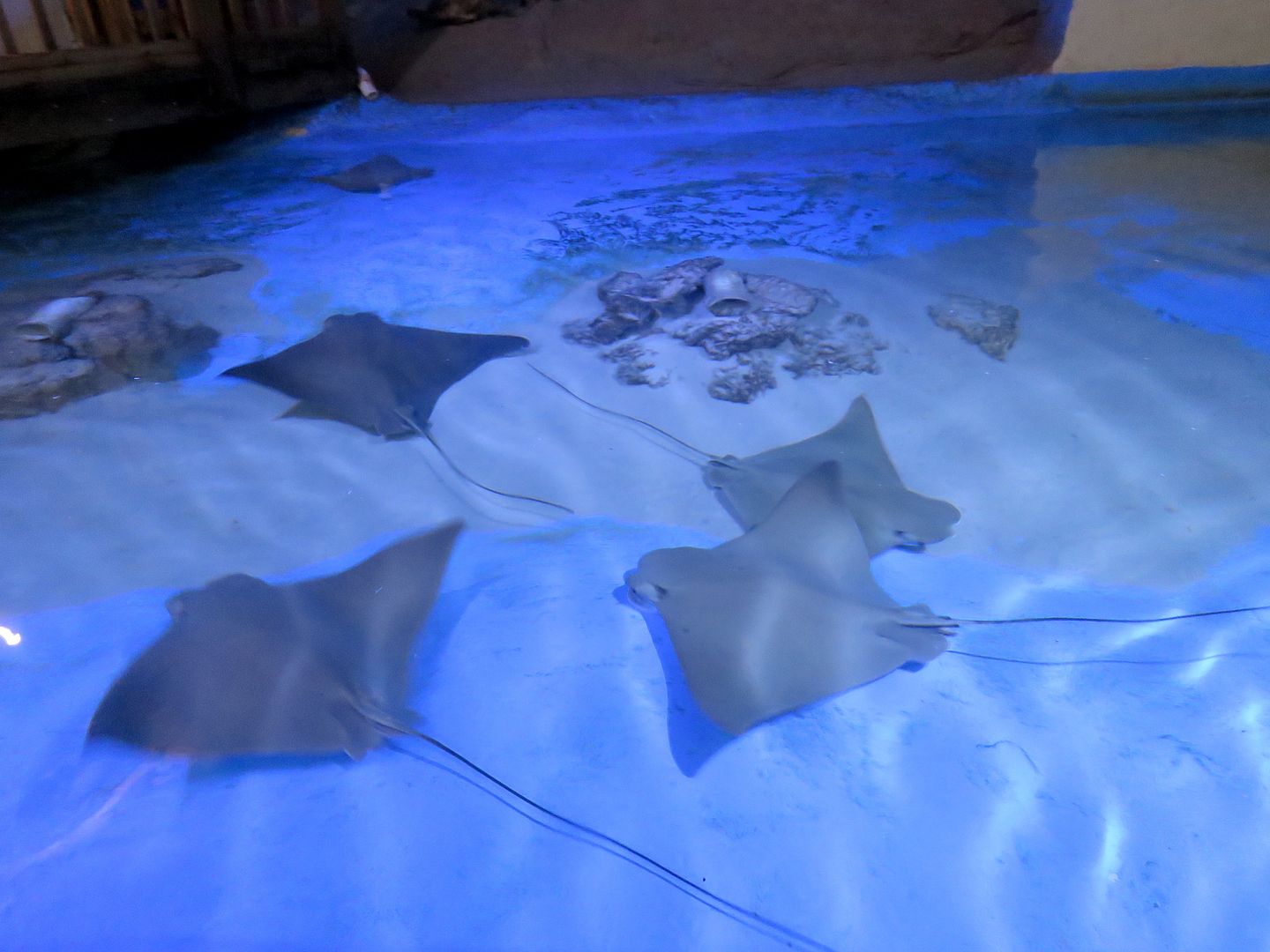
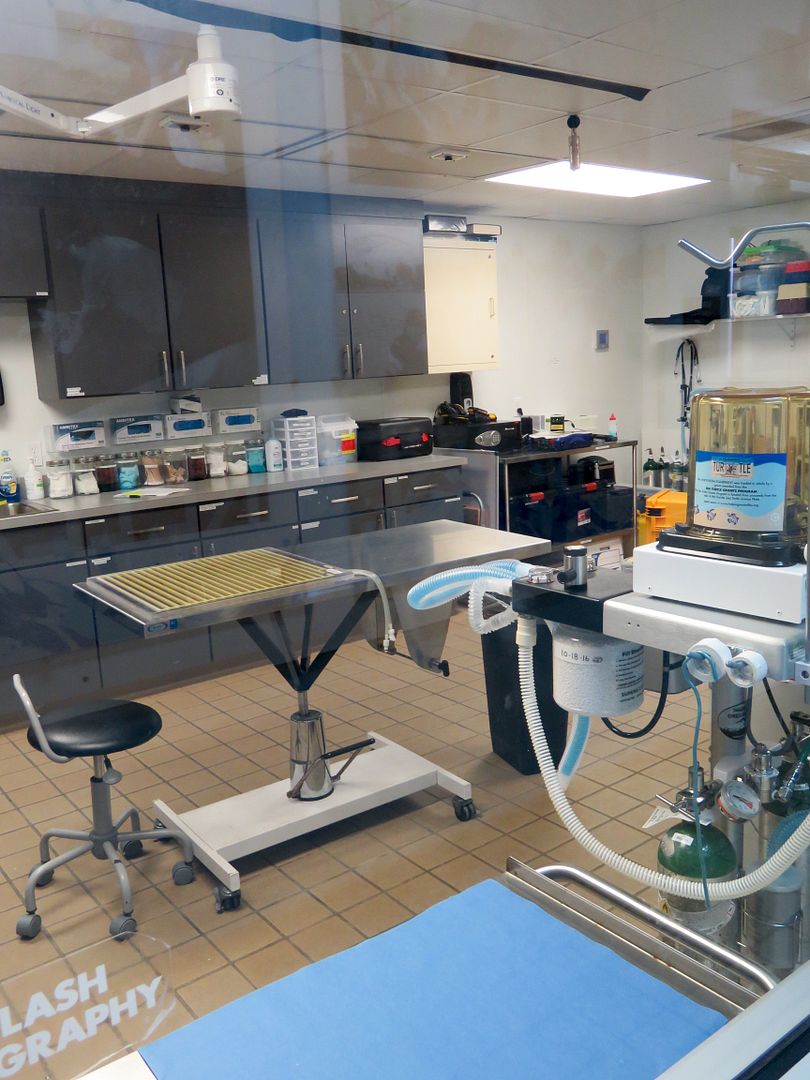
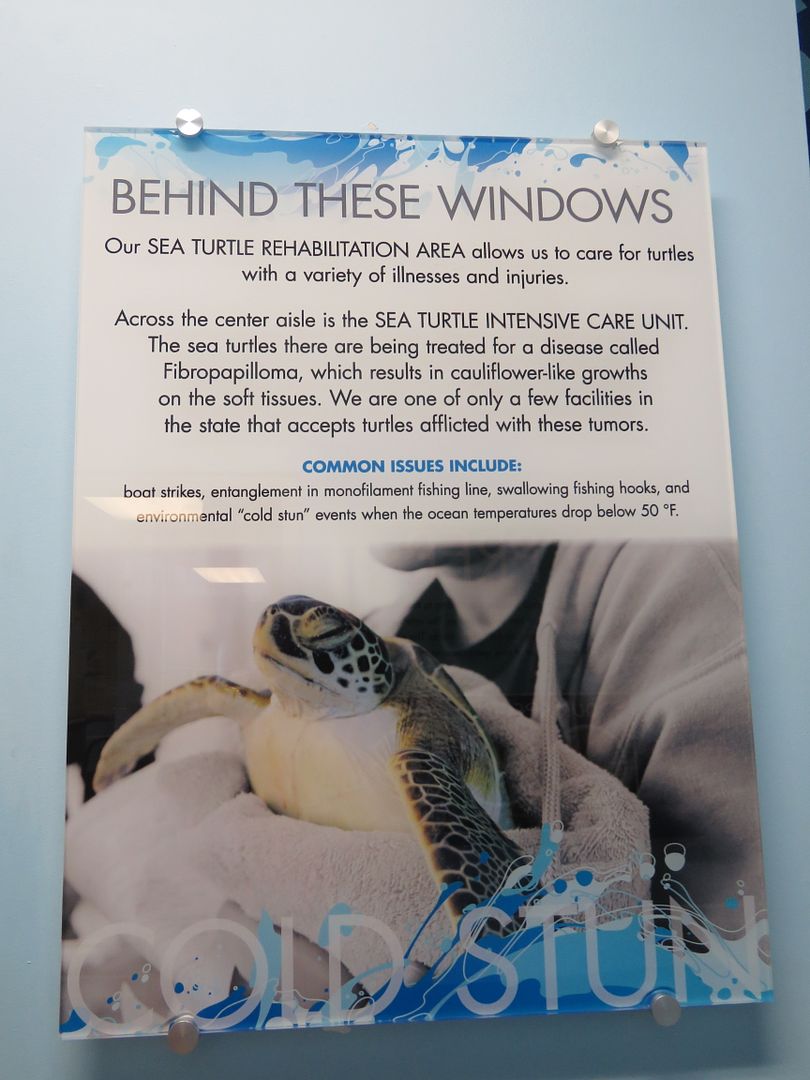
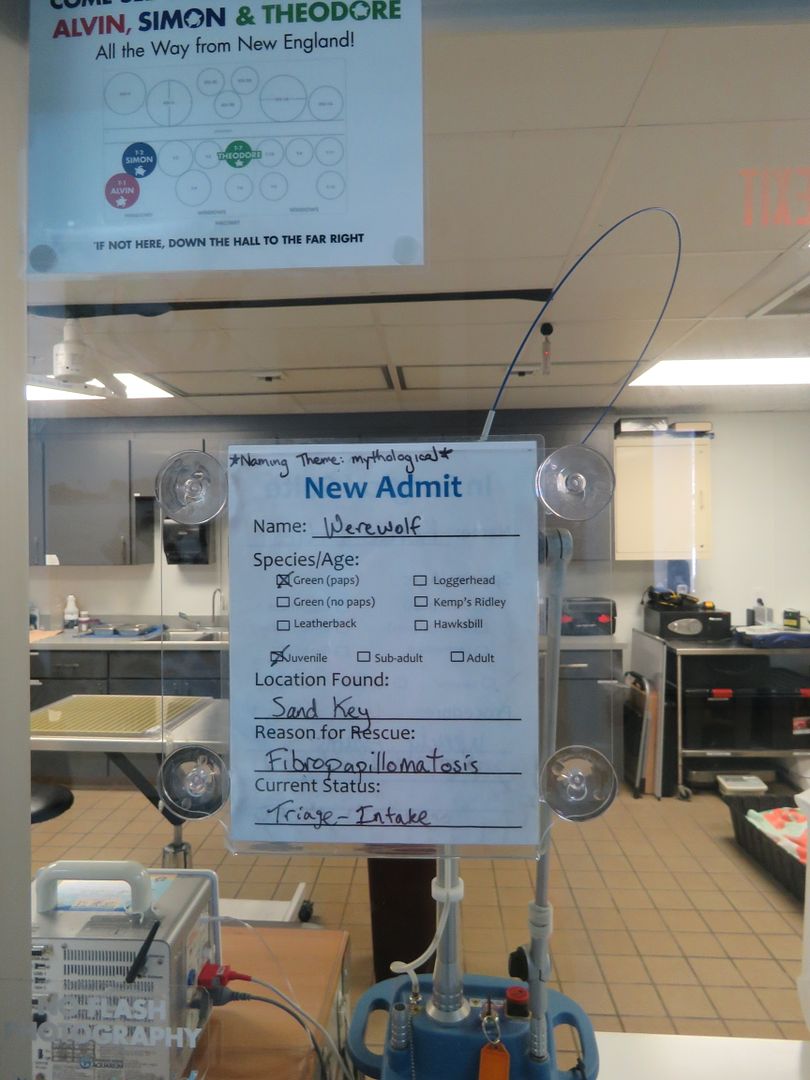
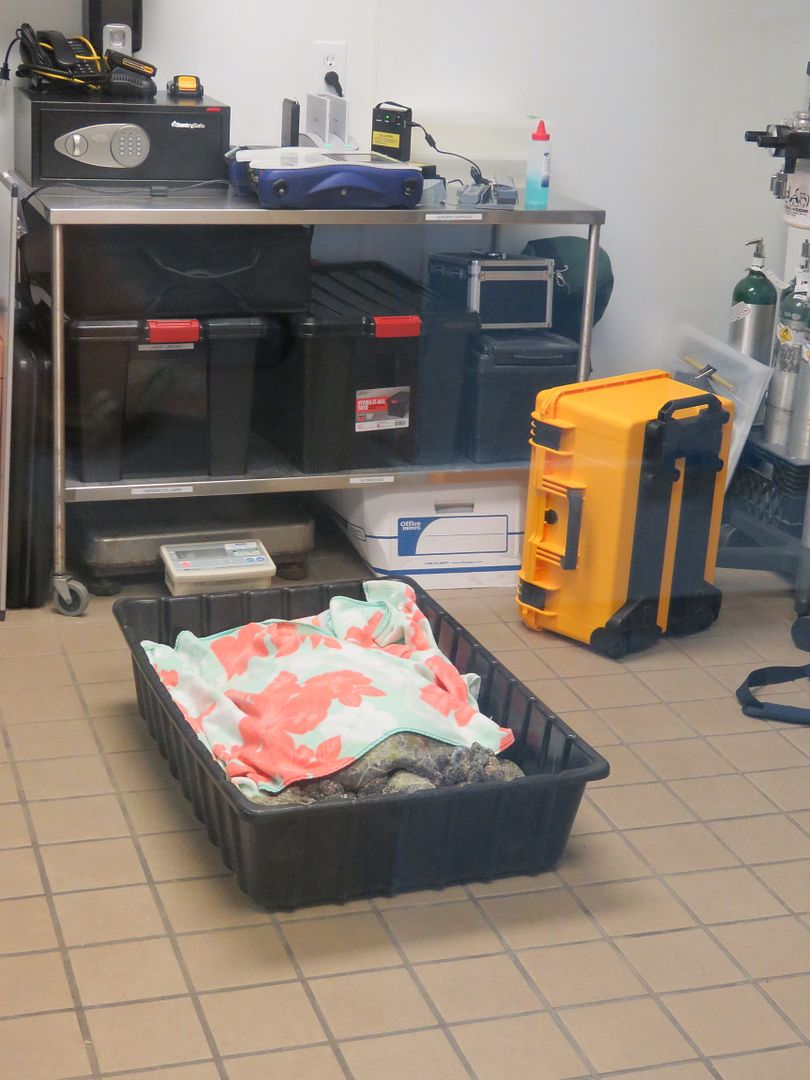

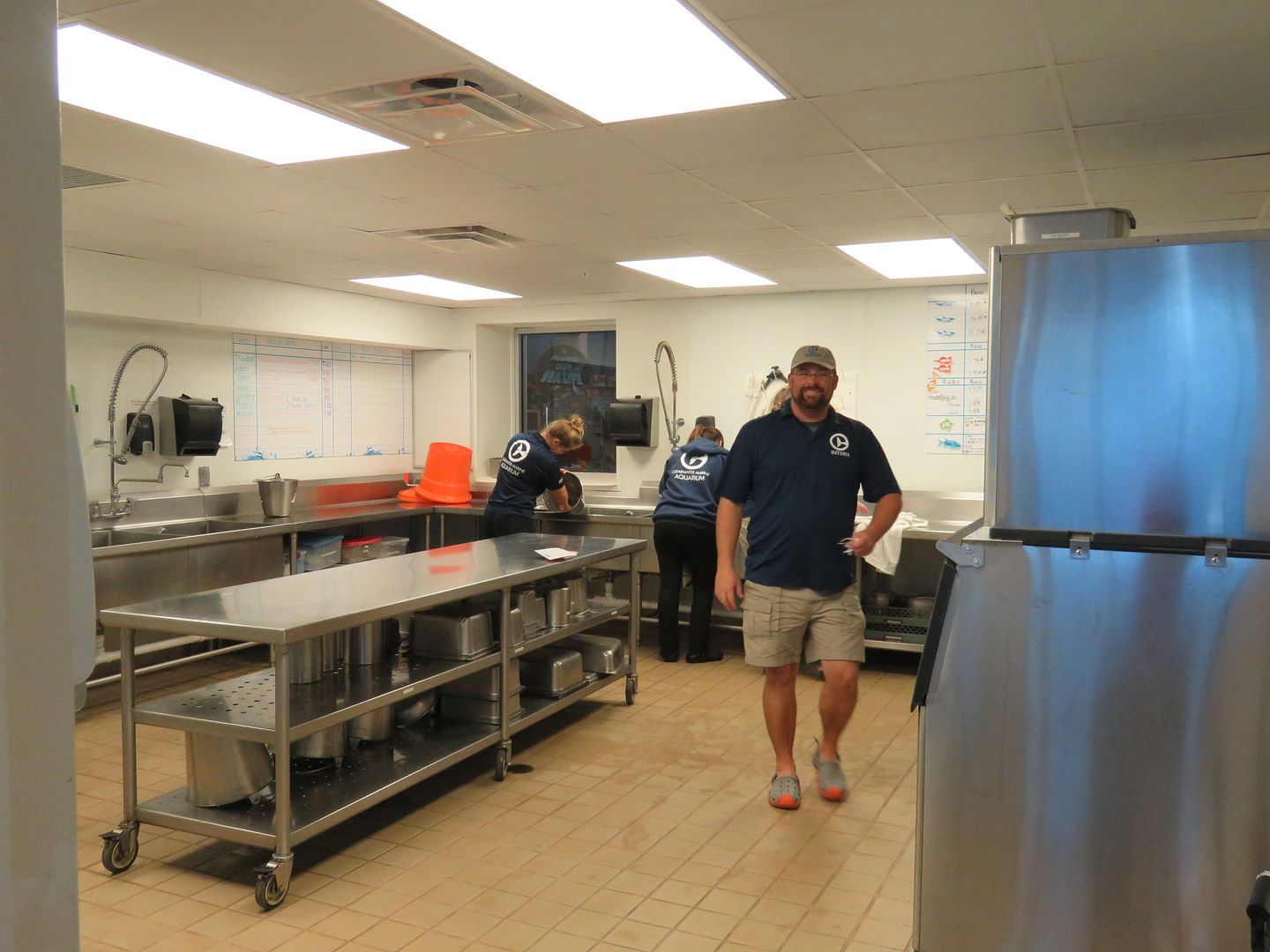
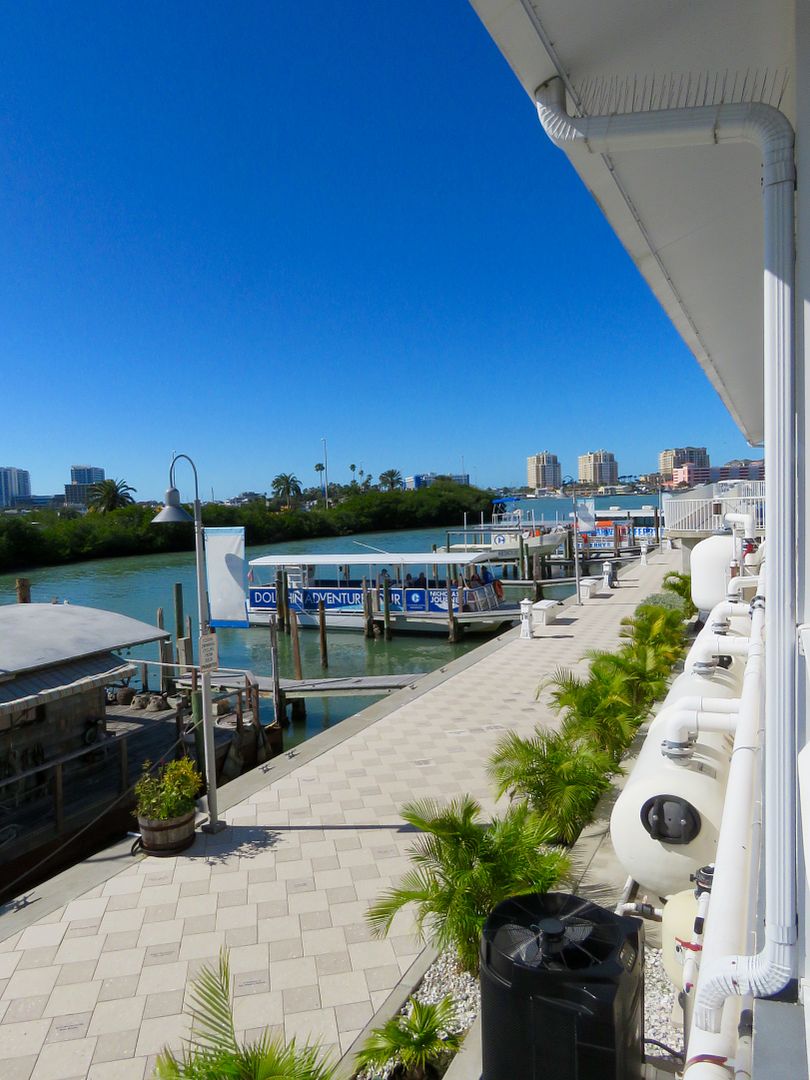
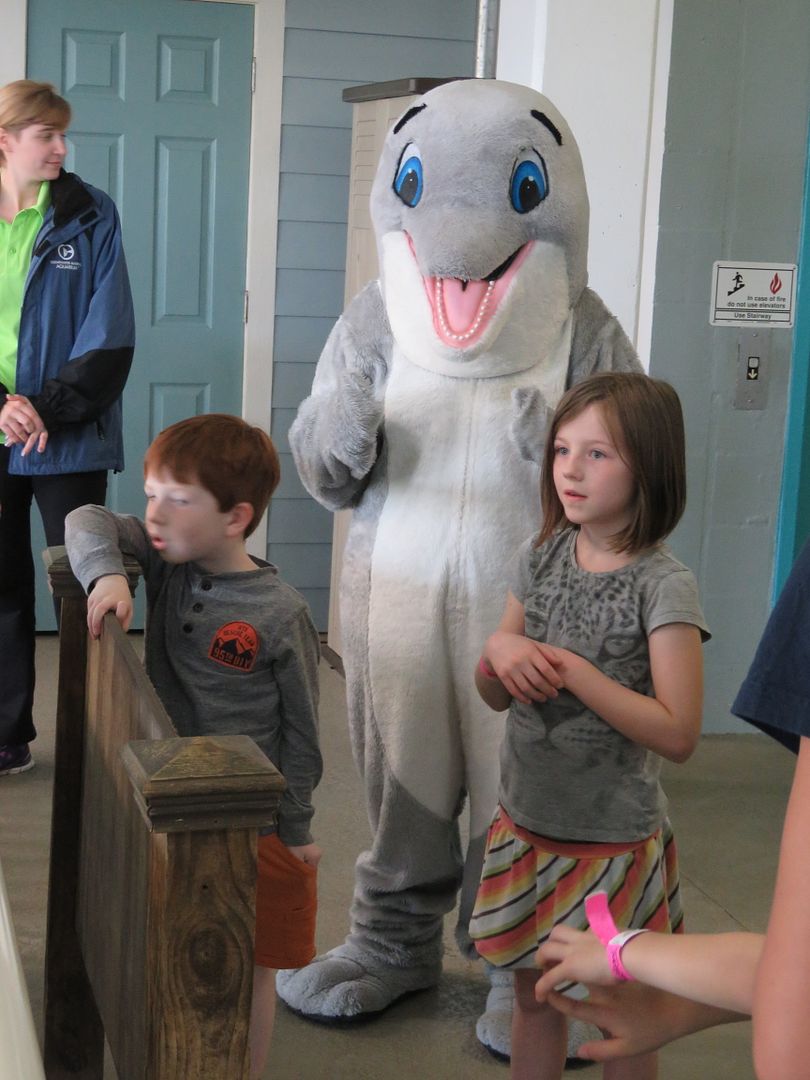
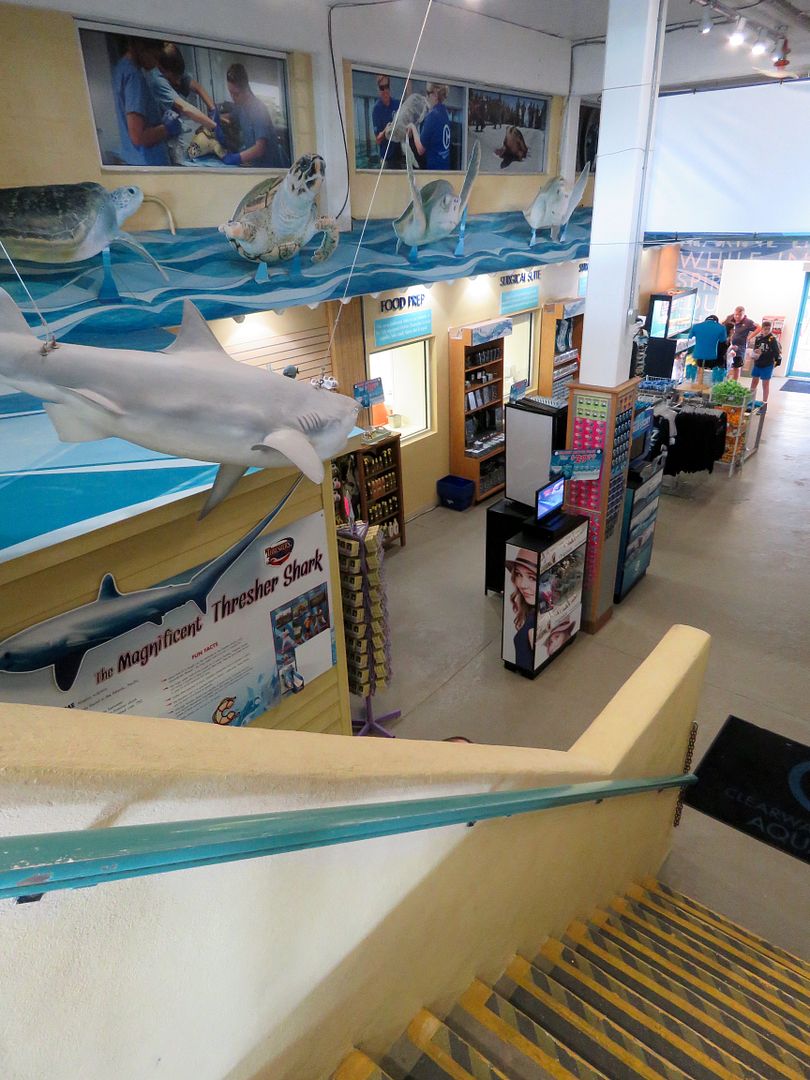
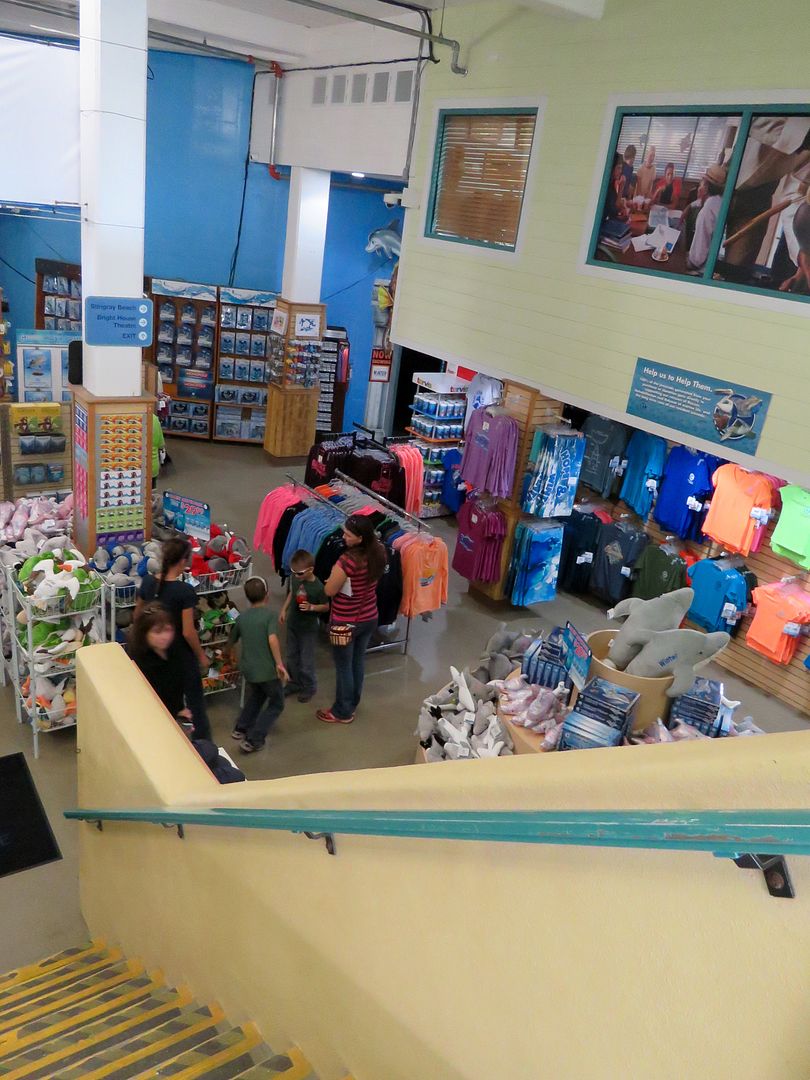
No comments:
Post a Comment